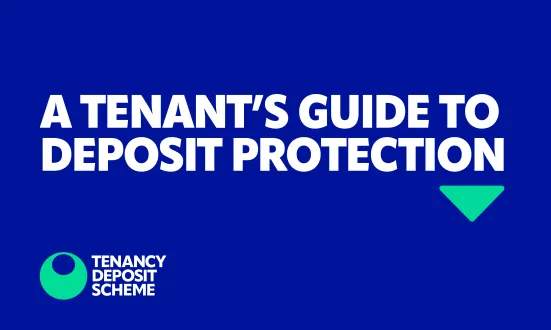The Tenancy Deposit Scheme (TDS) is a government approved scheme for the protection of tenancy deposits; we offer both insured and custodial protection. We also provide fair adjudication for disputes that arise over the tenancy deposits that we protect. This article has been written in response to a landlord’s query: “How does deposit protection work if I am claiming more than the tenant’s deposit?”
At the end of a tenancy, it may be that the landlord feels there has been a breach of contract and puts in a claim for cleaning costs or redecoration from the tenant’s deposit. But what happens if the deposit doesn’t fully cover the cost of the claim?
 The tenant caused serious damage and owes me two months’ rent – should I even bother with ADR?
The tenant caused serious damage and owes me two months’ rent – should I even bother with ADR?
When making a claim against the tenant’s deposit, if the amount you are claiming is more than the deposit, you have two options.
- Use Alternative Dispute Resolution (ADR) from the deposit scheme you protected the deposit with
- Take the tenant to court and inform the deposit scheme of your intentions
Whether you use Insured or Custodial deposit protection, when a dispute is raised over the deposit TDS (or the scheme you used to protect the deposit) must hold the funds. The same is true if you decide not to use ADR but instead seek to go to court.
If your claim exceeds the deposit amount, and TDS is adjudicating over the dispute, you should submit evidence for all elements of the claim. The adjudicator will work through each element of the claim in turn until either the entire deposit has been awarded to the landlord or the adjudicator has looked at whole case.
If the tenant’s deposit is £1000 and they owe £1000 in rent and £500 in damages, for example, the adjudicator may decide that the rent claim was fair and award that portion of the claim to the landlord. TDS is unable to instruct the tenant to pay anything in excess of the deposit so will not go on to look at the claim for damages. Rather, the landlord would need to seek redress elsewhere, such as in court.
If, on the other hand, the adjudicator awards £800 in rent to the landlord, there is still £200 left from the deposit. The adjudicator will then look at the next element of the claim to see if an award is to be made to the landlord.
It is essential for this reason that you submit evidence for the full extent of your claim against the tenant’s deposit, as if you limit your claim to the amount of the deposit and are unsuccessful in any way, some of the deposit may be returned to the tenant in the absence of any further claim to consider.
It is important to stress that the adjudicator can only award up to the value of the deposit, so the maximum award you can receive from the scheme is the full deposit.
Adjudication is a free to use service that comes as part of your deposit protection. If your claim is for a greater sum of money than the deposit you may wish to consider going to court rather than adjudication. If you do choose to use ADR, remember to submit your entire claim, and evidence to support it, rather than limit to the value of the deposit.
Other news stories


